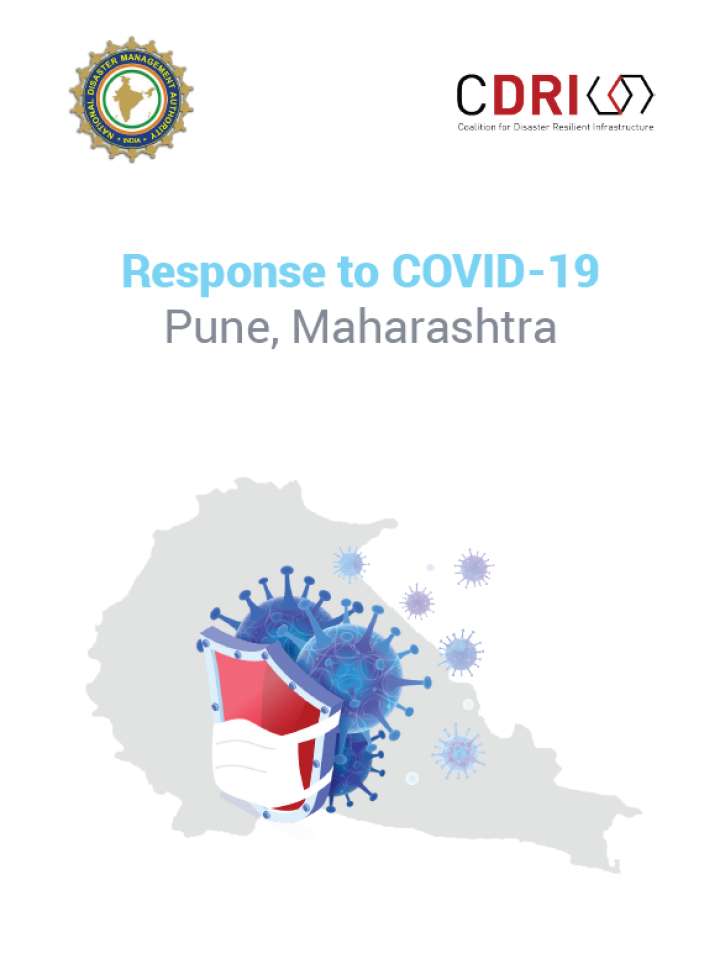Response to COVID-19: Pune, Maharashtra
COVID-19 pandemic has had an unprecedented global impact. Since its onset, the Government of India, State Governments and local authorities have been directing all their efforts towards handling the crisis. The National Disaster Management Authority (NDMA) with the Coalition for Disaster Resilient Infrastructure (CDRI) will be releasing a series of articles on case studies of response actions for COVID-19. These articles illustrate the approaches and strategies adopted across many Indian cities and states. The articles cover initiatives adopted towards controlling the spread of the virus, ranging from technological interventions, communication strategies, multi-sectoral governance mechanisms, and community participation.
One of India’s examples of relative success in dealing with the spread of COVID-19 can be witnessed in Pune. Pune is the second-largest city in Maharashtra, a western coastal state in India. With an estimated population of 6.6 million1in 2020, the city has a population larger than that of the country of Finland living in an area one fifth the size of London. Administered by the Pune Municipal Corporation, it is divided into five zones comprising 15 ward offices. Although Pune’s high population density poses a threat, the city also has unique strengths. Its wide and active network of civil society organisations with a long history of working with the local population, particularly its informal settlements, and high literacy rate (86%) provide opportunities to address the challenge posed by the pandemic.
Explore further
